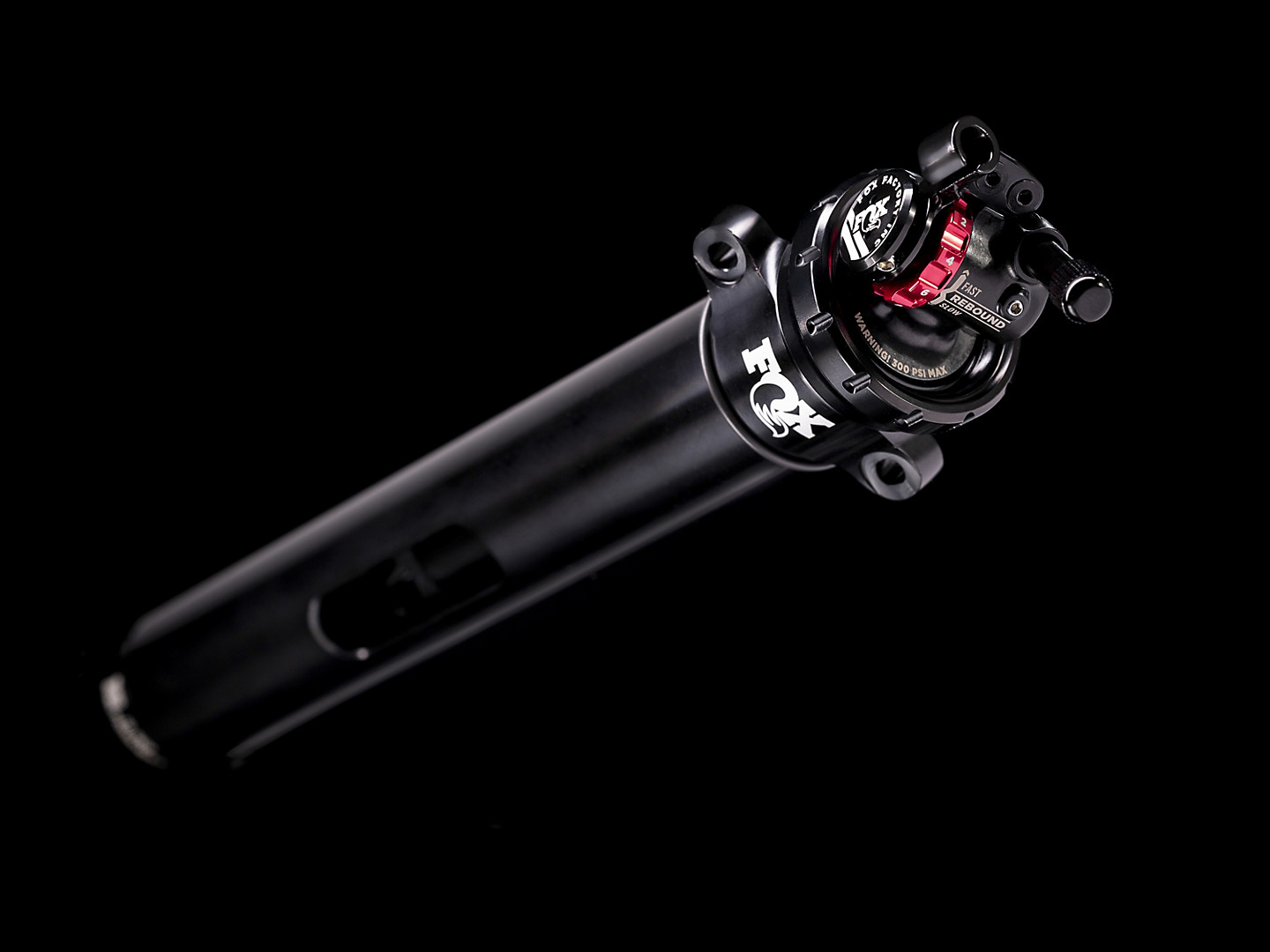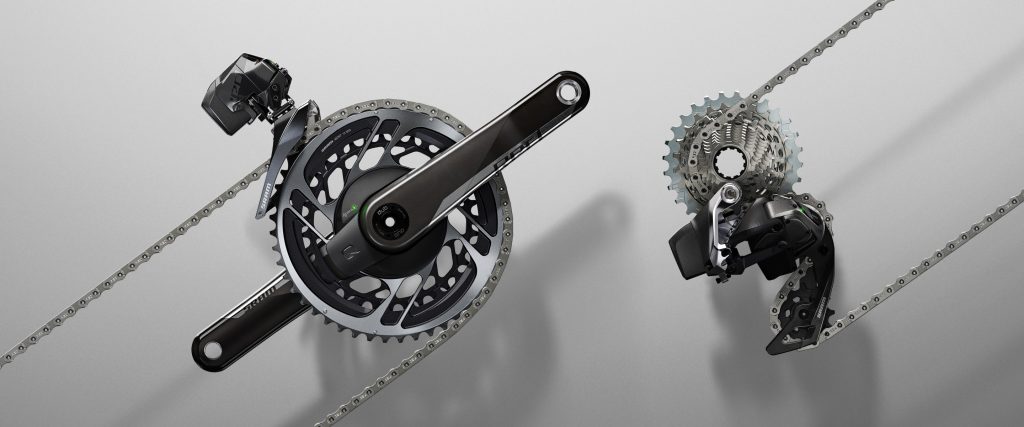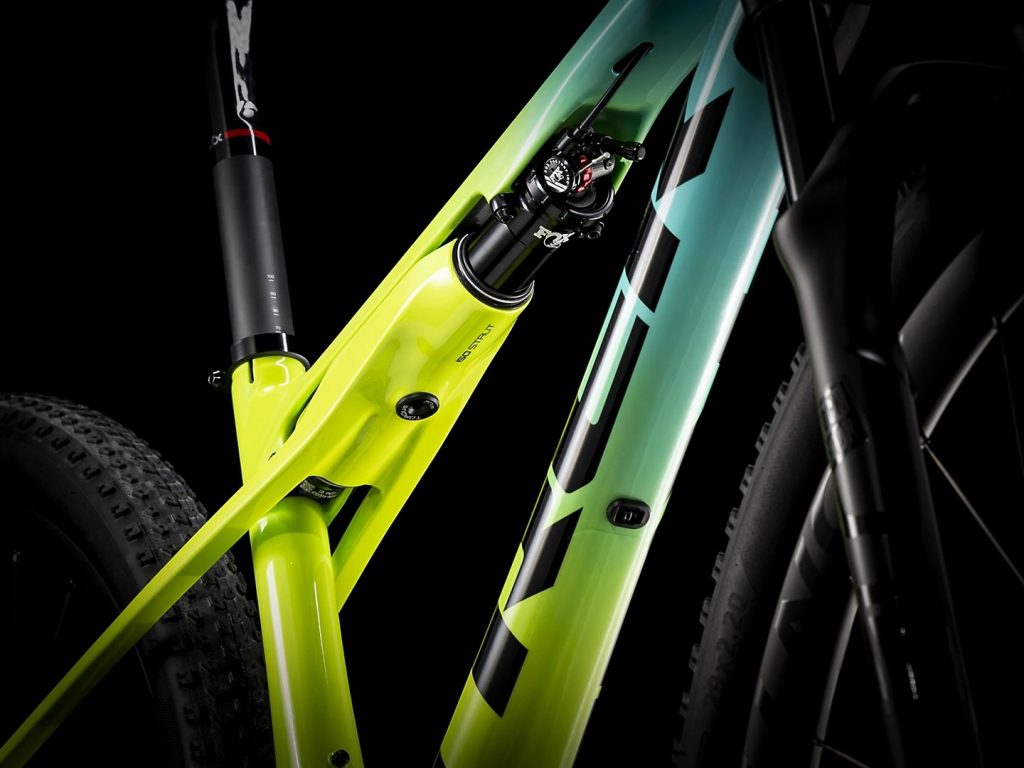Aero bikes. Fat bikes. Gravel Bikes. Ebikes.
Those are major new bike type trends that have affected the industry in the 2010’s. Most of these categories of bikes already existed, but then one frame design and marketing managed to overcome whatever the existing cons were, and suddenly every company had to be making and selling one. And lots of people ‘had’ to buy one. *cough, my dad, *cough
Number of Bikes to Own = N + 1, Where N = Current Number of Bikes Owned
See, people don’t buy bikes very often. Even us racers might not upgrade more than every five years or so (yearly model upgrades are usually small, but five years later will definitely see an appreciably better bike). Normal people buy one bike and let its half-rusted body carry them through most of their life.
Bicycle companies have realized that one of the best ways to improve the upgrade cycle, to sell more bikes, they need to realize a whole new type of bike. Thus the aero bike came around c. 2010. And the fat bike c. 2014. And the gravel bike c. 2017. And the ebike, c. 2019.
And c. 2021 I predict this: the full-suspension road/gravel bike.

To be fair, suspension already exists in road bikes. I’ve owned an ‘Iso-Speed’ equipped Trek Madone aero road bike for several years and loved it. My dad has a Trek Domane which goes even further which has this ‘Iso-Speed’ (basically a joint which allows flex) technology on both the front and back. Plenty of other manufacturers have competing technology of varying quality. But the Domane is an excellent example of how this technology doesn’t work for a race bike yet – it’s too ‘squishy’ and is an abomination when sprinting or climbing hard. The technology is all too heavy or has too-little travel (ie too little suspension) to make much difference.
But innovation is happening, and as much as I hate to admit it, because of the UCI’s rules. The International Cycling Federation (UCI in French abbreviation) has limits preventing super-deep teardrop shapes, preventing bikes under ~15 lbs, requiring double-triangle designs, and so on. The most important one is the 15 lb rule – too many old school riders kept chasing lower and lower weights, so lots of innovation went into shaving a handful of grams, but not on the more important features of aerodynamics (which is most of the output work) and comfort (which really matters with non-racers).
We’ve mostly reached the current limits of aerodynamics with carbon, and weights have continued to fall on bikes (and only will continue to fall as composites improve), basically making manufacturers wonder what else they can add in to keep the bike above 6.8 kg. Thus: adding suspension is the next logical step after adding disc brakes.
Interestingly, behind the scenes, we are seeing consolidation of older categories. Aero bikes were expensive to build (expensive engineers and wind tunnel time) and unfamiliar at first, and thus sacrificed other qualities like handling and weight. Now, mainline ‘non-aero’ road bikes are nearly as aero as their aero cousins without compromising on weight or handling abilities. Additionally we are seeing tire widths expand. In a year or two there will be a number of bikes that are quite aero, have disc brakes, can fit 38c tires (that’s playing in gravel-capable), and are competitively light and stiff.
This gets back to the problem small manufacturers have with the endless new bike types – they can’t maintain dozens of active bike lines like Trek, Specialized, Giant, etc. can. They will be (and are) leading the charge towards the ‘do-it-all’ road bike for the sake of simplicity, and these bikes will actually be able pretty much do it all well, short of true mountain biking. Consumers will generally prefer this one-bike-fits-most-uses approach (I certainly do), and will be able to get similar bikes from companies both large and small.
To utilize their R&D budget advantages over the small companies to stay competitive, the big guys will then invest heavily in more exclusive tech like lightweight, remote-lockable, full-suspension for road bikes. Development for that will be expensive, and also offers more opportunities to exclude with patents.
Thus, next major bike type: full suspension road bikes. And generally, bikes that are surprisingly usable from rocketing up long paved climbs, to rocketing down loose gravel trails.
On a related note…

*For a small fortune, terms and conditions apply
I also predict groupsets will stabilize at 1×14, or potentially even just 1×12.
Fourteen speeds, or just twelve speeds, with no front derailleur, to you mere mortals. Basically people like even numbers, and don’t need more gears. One company (Rotor) currently offers a thirteen speed, but superstition and prime, eewwwhhhh.
And personally, 12 is a very nice number, divisible by 1, 2, 3, 4, and 6. I mean, that’s totally like mathematical perfection, isn’t it?
Old-schoolers love to say, “well, I can remember when it was only two speeds and that required flipping the wheel, and manufacturers will always be selling another expanded range of gears… 100 speeds by the time you die kiddo, if I let you live that long!” But there is actually a limit to how many gears we need or will use. The prevalence of 1x gearing today shows that, people are quite happy to ditch the option and stick to just 10, 11, or 12 gears. Myself included.
(And don’t get me started on normal people, even worse than the old-schoolers, who speak so, “lookie lookie, I’ve got a 25, 35, 55, whatever speed bike with five front chainrings, just [not at all] like you pro guys!” Also I’m not a pro just ’cause I’m wearing spandex).
Part of the reason smaller gearing ranges are doable is because of smarter gear sizing options, like the 3T ‘Bailout’ design ( 9-10-11-12-13-15-17-19-22-26-32 ). Basically engineers realized people are very picky about gear choices at flat speeds with lots of power output, but at easier tempos or up hills, people are quite fine with much larger jumps between gears.
No front derailleur = cheaper, more aero, fewer dropped chains, and less maintenance. Simple.
Don’t get me wrong, there will be bikes with crazy amounts of gearing options in the future, mostly catering to older bikepackers and the like who have to go up mountains with 100 lbs of additional camping gear. But 2×14 might satisfy most of them, too, come to think of it.
We might also see a mass-production electric disc brake set (well, one electric, and one manual, for safety reasons) sometime this decade. Frame-integrated storage will also become standard. Perhaps some sort of integrated power meter, self-validating, to help reduce cheating in virtual reality indoor riding (although that might just be a feature of indoor trainers, not actual bikes). Zwift and Peloton will clash, and probably neither will exist by the same name in ten years.
There you have it, the future! Behold, 2020 I await!


Well here’s one gravel bike that’s already full suspension: https://ninerbikes.com/pages/the-mcr-9-rdo